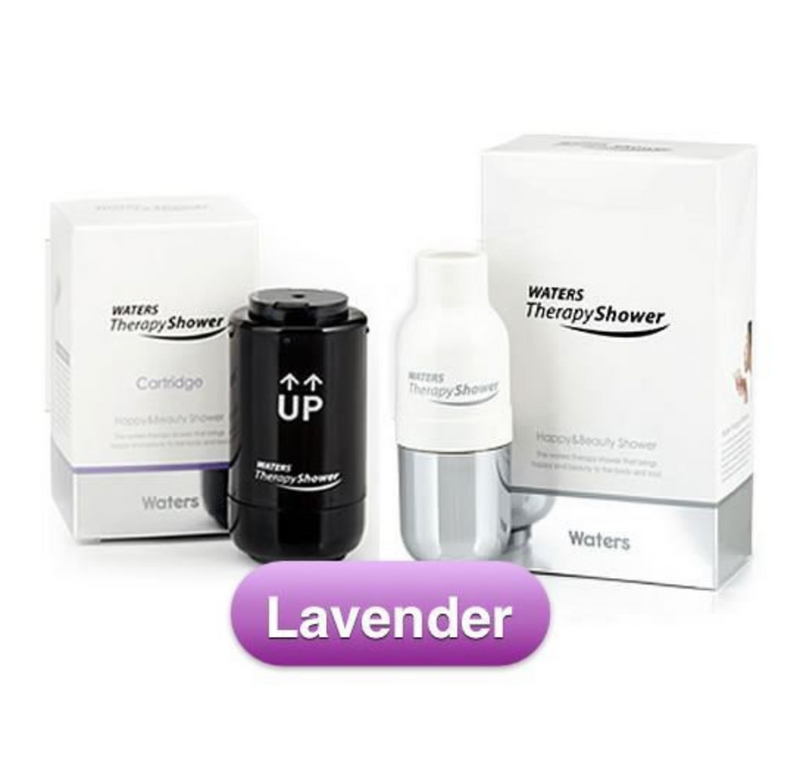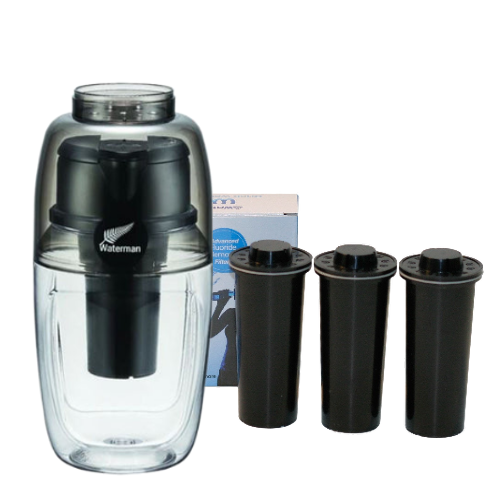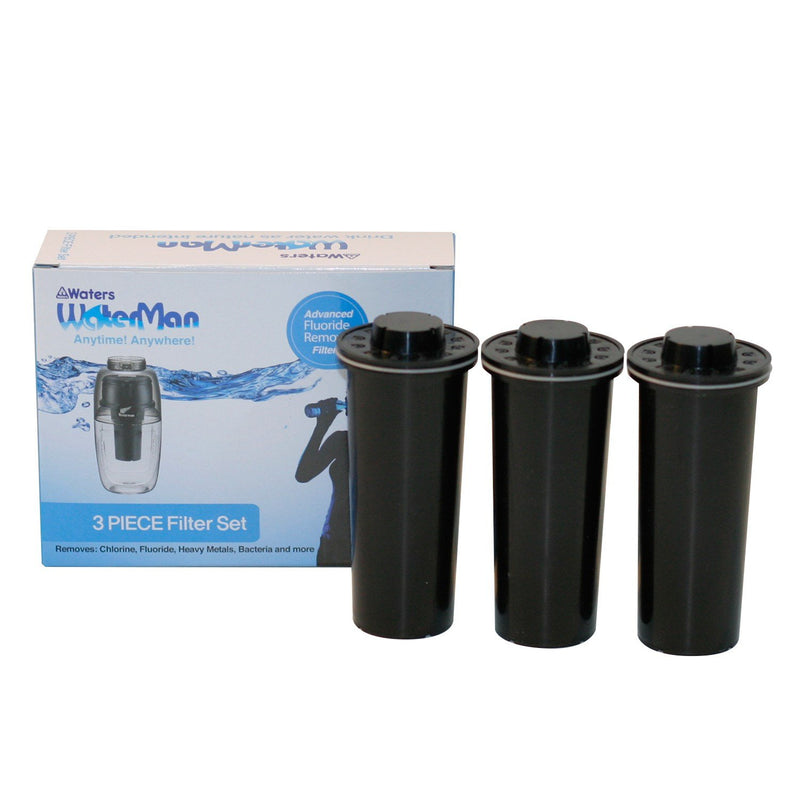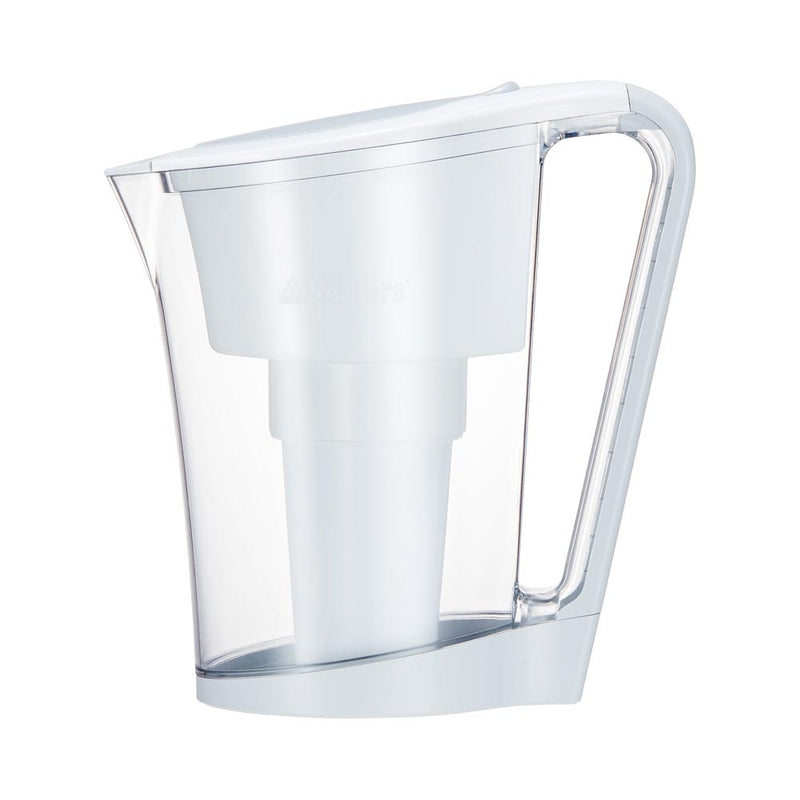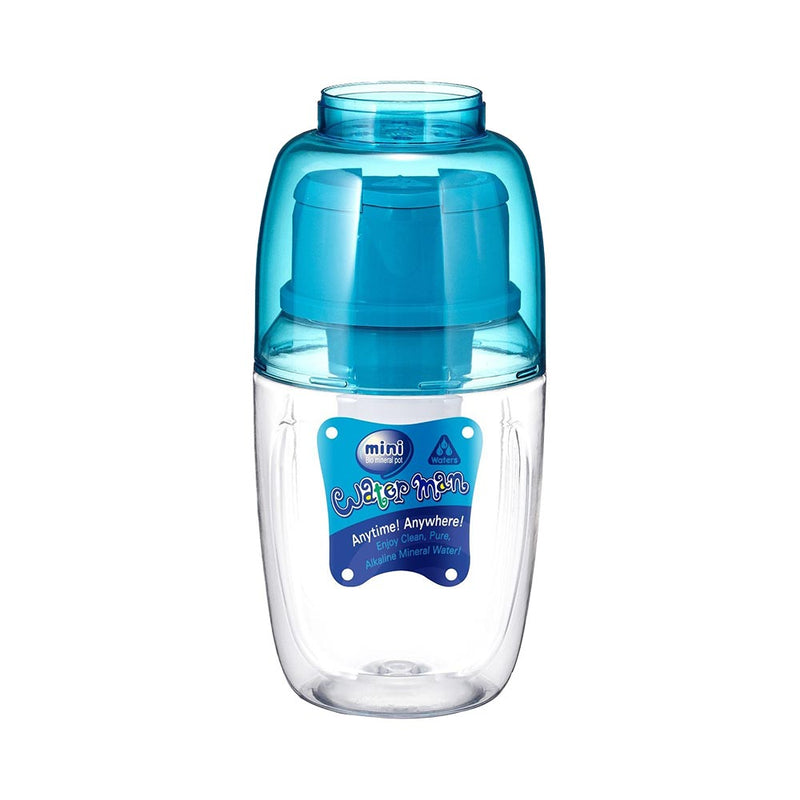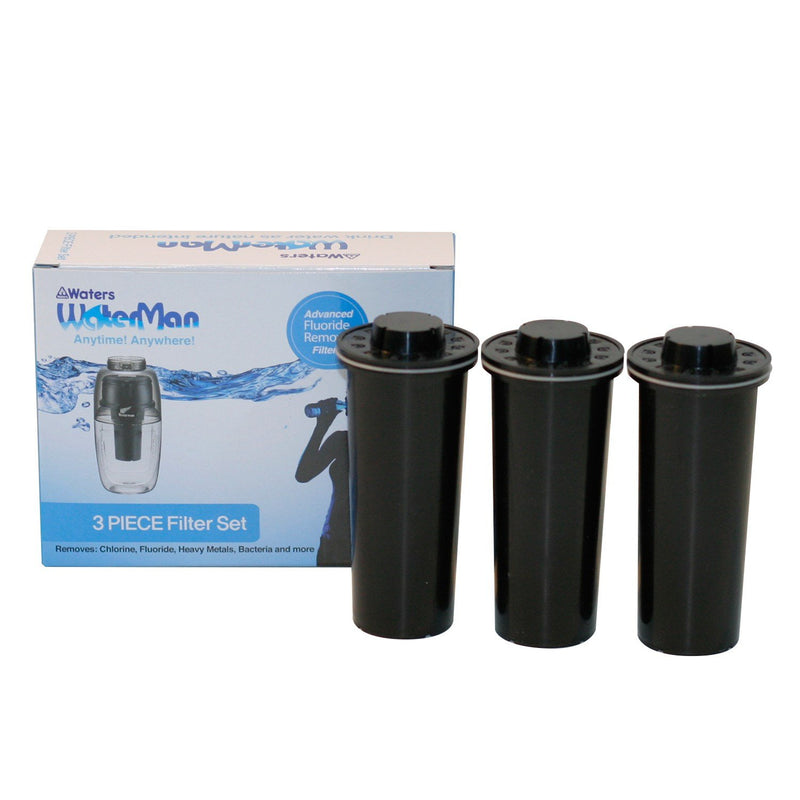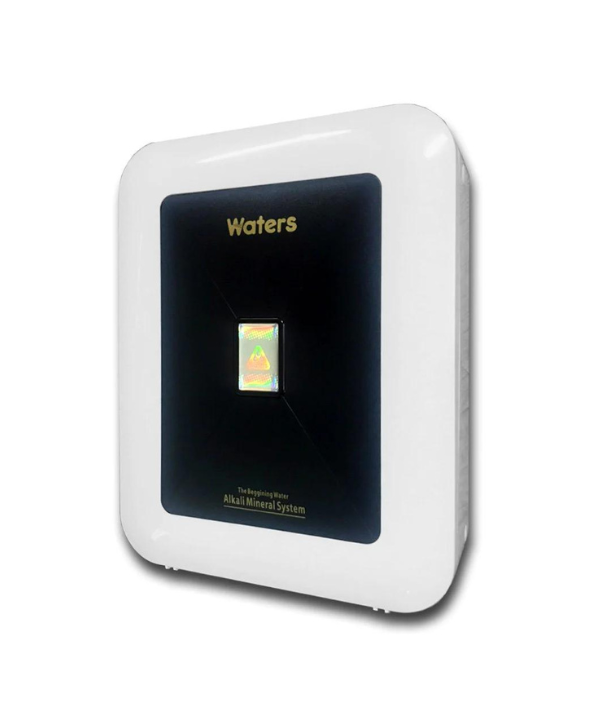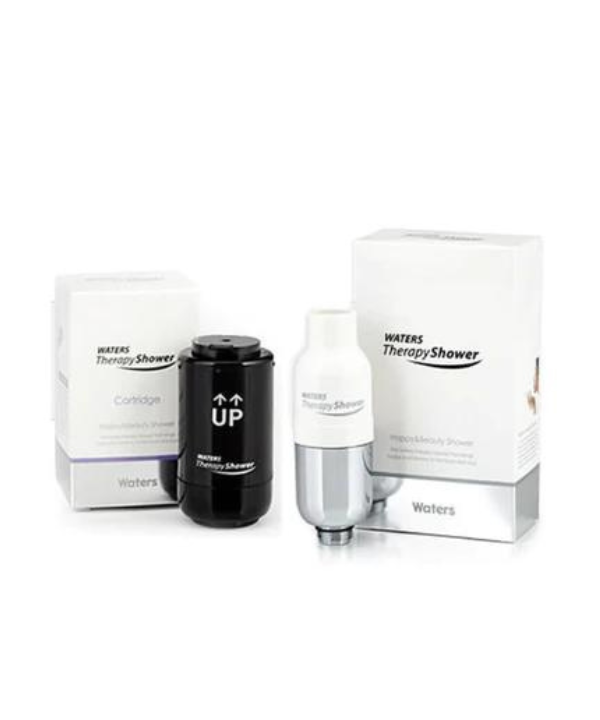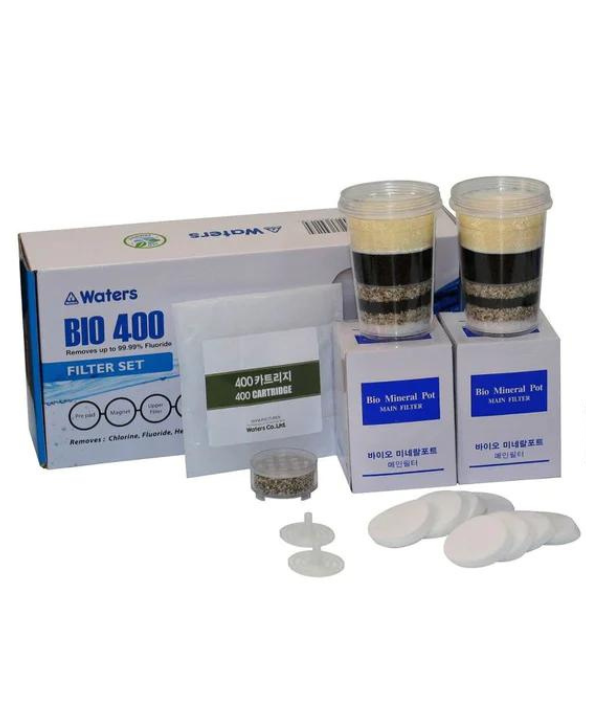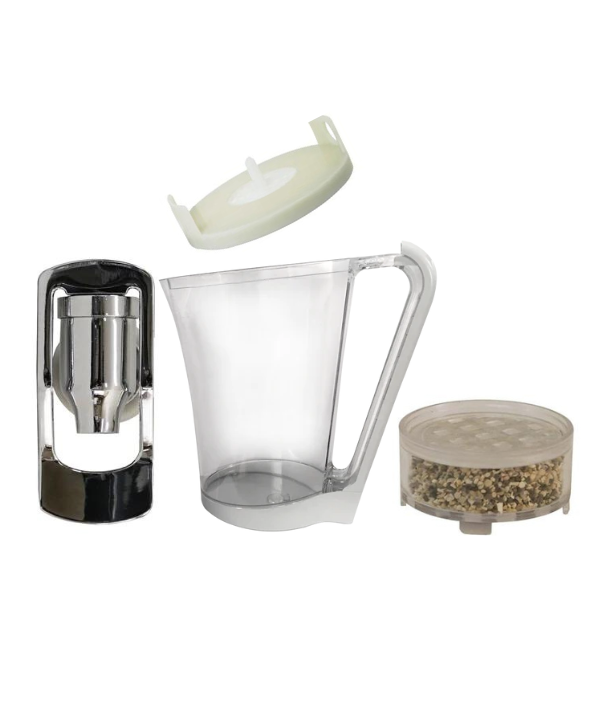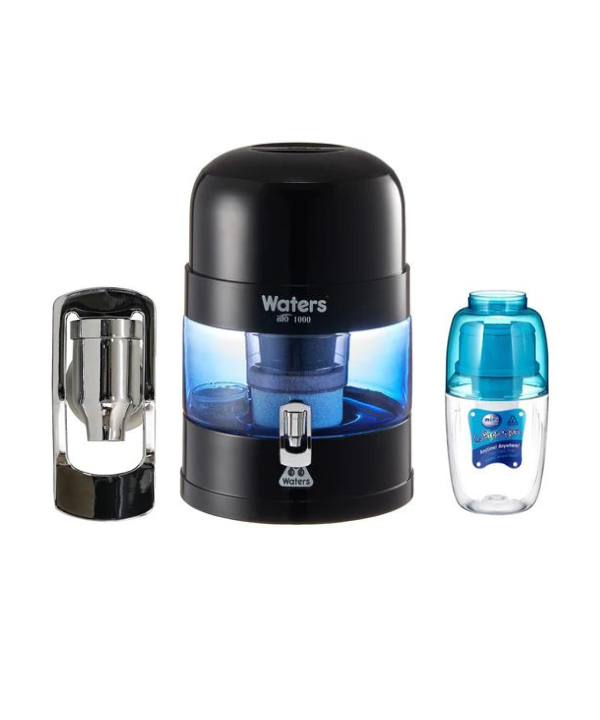How Do We Destroy Forever Chemicals? The Science and Reality of PFAS Destruction in Australia
The modern world is full of hazardous PFAS, commonly known as “forever chemicals”, which can be harmful to your health. Unfortunately, your clothes, kitchenware, cosmetics, and household items might all contain PFAS, PFOA and PFOS, which resist breaking down naturally. They remain intact for decades (and possibly can last for centuries).
These chemicals are almost everywhere: in our water, soil, and food chain. What's troubling is that they appear to be dangerous to humans and animals. Scientists say most Australians already have low levels of PFAS in their bodies, which is considered safe for now. But there are disturbing studies linking forever chemicals to chronic diseases in the future. This article explains how much contamination is occurring in Australia, the scientific methods being explored to destroy PFAS, and what you and your family can do to protect yourselves from PFAS chemicals.
What Are PFAS and Why Are They Called "Forever Chemicals"?
PFAS stands for per- and polyfluoroalkyl substances — a group of thousands of synthetic chemicals that have been used in manufactured items since the 1940s. You've likely encountered them in everyday products: the non-stick coating on frying pans, waterproof jackets, stain-resistant carpets, food packaging, and even some cosmetics.
PFAS were once deemed very useful, helping to improve product features and make them more durable and water-resistant. However, that resilience also made these chemicals dangerous for people and the planet: resisting heat, water, oil, and most natural breakdown processes, PFAS don't decompose like other chemicals; they accumulate.
Once released into the environment, PFAS chemicals travel through soil into groundwater, flow into rivers and oceans, and eventually make their way into our drinking water and food supply. They also don't break down when they enter our bodies: forever chemicals simply build up over time, in our internal organs and skin, potentially affecting our health.
Research has linked PFAS exposure to several health concerns, including disruption of the immune system (making it harder to fight infections), hormonal imbalances (affecting thyroid function), increased cholesterol levels, kidney problems, and reduced vaccine effectiveness. While scientists are still studying the full extent of health impacts, the evidence is concerning enough to warrant action.
The PFAS Contamination Problem in Australia
Sadly, Australia is one of the global hotspots for PFAS contamination. A recent comprehensive study led by UNSW Sydney and published in Nature Geoscience found that numerous Australian water sources contain PFAS levels exceeding safe drinking limits.
PFAS contamination has been discovered in both surface water (rivers, lakes) and groundwater across the country.
Where Is PFAS Found in Australia?
Contamination has been detected near:
- Airports and defence bases where firefighting foams have been used extensively.
- Industrial sites, including mining operations, fuel storage facilities, and landfills.
- Public infrastructure, such as sewage treatment plants and firefighting training grounds.
The most significant contamination sources are locations where Aqueous Film Forming Foam (AFFF) was used. Military bases and fire services relied on PFAS-containing firefighting foams for decades during training exercises and emergency responses. Even though many of these practices have ceased, the legacy of that usage continues to impact surrounding communities today.
Our Waters Co article on PFAS contamination provides a detailed regional breakdown of affected areas in Australia.
Why PFAS Are So Difficult to Destroy
Destroying PFAS is one of the most significant challenges in environmental science today because forever chemicals have an incredibly strong molecular structure – carbon-fluorine chemical bond. It's one of the strongest bonds found in organic chemistry, and breaking it requires enormous amounts of energy. Think of it like trying to break a steel cable with your bare hands, which is virtually impossible.
Unfortunately, standard approaches that work for other pollutants simply don't work for PFAS chemicals:
- Regular burning doesn't reach high enough temperatures to fully destroy PFAS. Also, incomplete incineration can create toxic by-products released into the air, potentially worsening the issue.
- Traditional water filtration isn't designed to remove PFAS. And many water providers don't routinely test for the full range of PFAS chemicals.
- Bacteria and sunlight can't decompose PFAS because they resist all natural degradation processes. They simply don't break down over time.
The main problem is that PFAS removal from water or soil isn't enough. We need methods that can permanently destroy the molecular bonds and render these chemicals harmless.
PFAS Destruction Technologies and Research
The good news is that scientists worldwide are making progress in developing methods to permanently break down forever chemicals. While they still don't have one comprehensive solution, several promising PFAS treatment approaches are in the research and testing phase.
Thermal & Plasma Treatment
These methods use extreme heat to destroy PFAS molecules.
Plasma arc treatment creates temperatures above 10,000°C, like a controlled lightning bolt that vaporises contaminants. Supercritical water oxidation uses superheated water under extreme pressure to break apart PFAS.
Both methods work, but they're extremely expensive, use massive amounts of energy, and require specialised equipment, so they're not yet practical for widespread use.
Electrochemical & Photocatalytic Methods
These newer approaches use electricity or light instead of extreme heat.
Electrochemical oxidation uses electrical currents to create reactive particles that attack PFAS molecules. Photocatalytic degradation uses special materials that, when exposed to UV light, generate substances that can break down PFAS chemicals.
They are more energy-efficient than burning and could be used for smaller-scale treatment, such as contaminated sites or the home water filtration systems of the future.
Biological & Chemical Innovations
Scientists are also exploring natural and chemical solutions for PFAS removal.
They work on enzyme engineering, developing or enhancing enzymes (proteins that speed up reactions) that can target PFAS bonds. Some bacteria and fungi also show potential for degrading these chemicals.
This study is still in the early stages of research, but it could lead to more affordable and sustainable solutions in the future.
PFAS Destruction Research in Australia
Australian scientists, universities and government research centres are actively working on PFAS solutions.
Major universities, including UNSW Sydney, ANU, and RMIT, are testing various treatment technologies. The Australian Department of Defence is collaborating with researchers to clean up contaminated sites. The Cooperative Research Centre for Contamination Assessment and Remediation (CRC CARE) leads Australian PFAS research efforts.
Local research focuses on both destroying PFAS and preventing it from entering water systems in the first place. The government also supports many regional PFAS removal programs, and operational Australian-specific safety guidelines are in development.
What Households Can Do to Protect Themselves
While scientists work on large-scale solutions, there are practical steps you can take right now to reduce your family's PFAS exposure:
- Avoid products containing PFAS
Be mindful of products that typically contain PFAS chemicals, such as non-stick cookware (Teflon-coated pans), stain-resistant fabrics, furniture, carpets, fast-food packaging, some cosmetics and personal care products, waterproof clothing, and outdoor gear with special coatings.
- Install certified home water filtration system
Home filtration is crucial since standard water treatment doesn't effectively remove PFAS. Look for systems certified to reduce PFAS contamination, such as Waters Co filters. We offer several effective options, including portable filters for flexibility and travel, filter jugs for convenient everyday use, benchtop systems for medium households, and under-sink filters for comprehensive water treatment.
- Stay informed about local water quality
Check your local water authority's testing reports for PFAS levels and sign up for alerts from your state health department about contamination issues.
Be especially vigilant about water testing if you live near airports, military bases, or industrial sites. If you have concerns, consider having your water independently tested.
- Support contamination-free food sources
Choose organic produce when possible (less likelihood of contaminated irrigation water), be aware of seafood sourcing, particularly from known contaminated waterways, and support farmers and food producers who test for PFAS contamination.
- Advocate for change
Support policies that ban PFAS in consumer products. Encourage your local council to monitor and report on PFAS contamination and stay informed about cleanup efforts in your community. At Waters Co, we regularly publish blog updates on the PFAS problem in Australia.
Frequently Asked Questions
1. What are "forever chemicals," and why are they dangerous?
PFAS (per- and polyfluoroalkyl substances) are man-made chemicals with a very strong carbon-fluorine bond in their molecules. This bond doesn't break down easily in the environment or the human body. Because of this persistence, PFAS accumulate over time and may cause long-term health problems.
2. Can PFAS be completely destroyed?
Yes, though it's complex and energy-intensive. Recent Australian research (CSIRO and partners) has shown how PFAS molecules can be safely destroyed in high-temperature incinerators when carefully controlled. This process, called "mineralisation", breaks down PFAS into harmless inorganic substances like water, carbon dioxide, and fluoride.
3. Is PFAS contamination an issue in Australia?
Yes. Australia has several known PFAS contamination sites across the country. Studies have found PFAS in surface waters, groundwater, and some drinking water catchments. The government revised drinking water guideline values for PFAS (PFOS, PFOA, PFHxS, PFBS) and published the new version in 2025.
4. Can home water filters remove PFAS?
Yes, some home filtration systems can reduce PFAS, though not all filters are effective. Technologies used in Waters Co water filters, including granular activated carbon (GAC) and reverse osmosis, are among the more reliable ones for PFAS removal.
5. What is the government doing about PFAS cleanup?
The Australian Government is taking the issue seriously, with several actions underway:
- The Australian Drinking Water Guidelines (NHMRC) were updated in 2025 with new health-based guideline values for PFOS, PFOA, PFHxS and PFBS to set safe levels in drinking water.
- The PFAS National Environmental Management Plan (NEMP 3.0) guides state and federal efforts to monitor, manage and remediate PFAS contamination.
- Regulation of manufacture, importation, and disposal of PFAS is enforced under the Industrial Chemicals Act 2019, which includes restrictions on PFOS, PFOA, and related chemicals.
- Government-led research and pilot projects are active: new treatment plants (mobile systems, activated carbon), research into magnetic resins to remove PFAS from wastewater, and plans to ban or phase out PFAS uses where practicable.
The Future of PFAS Destruction
Scientists globally are working to scale up PFAS destruction methods to industrial levels. Breakthroughs in catalysts, electrochemistry, combined hybrid systems, and better thermal methods could form the backbone of tomorrow's PFAS cleanups.
However, science alone won't be sufficient. Policies, regulations, funding, and community willpower are critical. Australia is already investing in PFAS research and working on phasing out PFAS in consumer products. Such significant changes take time, but the wheels are in motion toward better protection and accountability.
In the meantime, households don't have to wait for large-scale solutions. You can take action now by avoiding PFAS-containing products and investing in advanced water filtration systems. Explore Waters Co's range of innovative water filters, designed in Australia, for Australians. From portable filters and convenient jugs to capable bench top and under-sink solutions, every household has a perfect option for drinking and showering.
PFAS destruction may take years to implement, but safeguarding your family is essential today. Choose your home water filter to reduce harmful PFAS chemicals and get cleaner, safer water every day.


